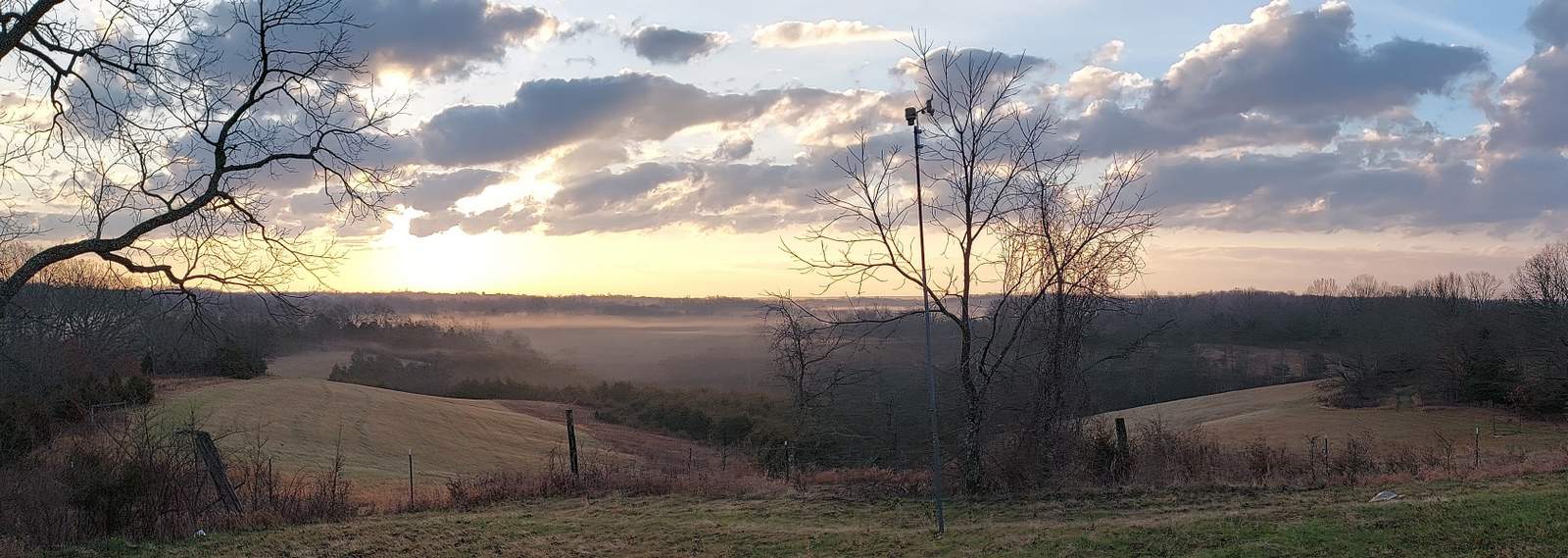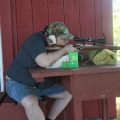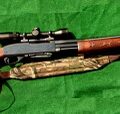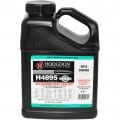Reduced Recoil Loads
Postby MSHunter » Sun Jul 03, 2011 6:26 pm
Here is a question for you more experienced reloaders.
On Hodgdon’s website they have a sheet of youth/reduced recoil loads. In the paragraph before the load data they state that a medium burning powder be used and that the amount of powder to use be 60% of the maximum load. They recommend this for any load that uses H4198 powder. So my question(s) is/are as follows: Does one select the maximum load within each bullet range and use the 60% rule? For instance a 100 grn bullet has a maximum charge ranging from 59.4 grns of powder to 47.3 grns of powder and H4198 is listed as a powder. So do I base the 60% calculation on the 59.4 grns and use that as a starting point for a reduced recoil load?
Postby shaman » Sun Jul 10, 2011 11:12 am
Here’s the link to what we’re discussing: Hodgdon Youth Loads Data Sheet
First off, that 60% rule only applies to H4895. You’re using H4198, which is a considerably faster powder. I would not interpret what Hodgdon says at the top of that sheet applying to any powder. In fact, go back and read the last couple of sentences. Switch to H4895 and you’re back on track.
I use H4895 exclusively for all my deer loads. Part of it is that I have kids and we did a lot with reduced loads over the years. Second: It is an extremely consistent powder and has lowest shot-to-shot velocity difference of any powder I have used.
The 60% rule is for unpublished cartridges. Example, let’s say you had a 270 WSM and you wanted your 8 year old daughter to try it. First off, pick the smaller bullet (90 grains) The published MAX is 56.5 grains of H4895 . 60% of the MAX of H4895 is 33.9. grains– There’s your safe yute load. However that’s only for H4895 and only for cartridges that have Hodgdon-supplied data including H4895
The 60% rule is probably a bottom-end limit based on the rare-but-possible problem of detonation. If you take a really-really slow powder and throw a really-really light load occasionally that load is going to detonate instead of burn. There is little known about what causes this effect, but there are a bunch of things you can do to prevent it: Use a faster burning powder, fill the case as much as you can, etc. H4895 does a really great job at reduced loads, but there is no sense tempting fate– hence the 60% rule.
Let’s look at it another way: The 30-06 150grain MIN load is roughly equal to a 30-30 WIN. There’s nothing wrong with a 30-30 WIN, but there are a lot of good deer rifles between 30-30 and 30-06. 300 Savage is one. If you knock off only about 8% of the MAX load of a standard 30-06 150 grain H4895 load you end up with something roughly equivalent of a 300 Savage. It will drill a deer nicely out to 200 yards and still give you only a small jolt on the shoulder. The fact of the matter is that you can usually take a load that is 5-10% off the MAX load for H4895 or any medium powder and come up with a light-recoil load that has nearly the same velocity as its full-house progenitor.
All my deer rifles are loaded in that way, and it is one of the main reasons I got into reloading. Most guys reload to get the absolute maximum out of there rifles. Me? I’m looking at how low I can go. My 308 WIN shoots at 300 Savage levels. My 30-06 is about 5 % off max. My 35 Whelen? It is shooting at about 358 WIN levels. Most of the shoulder-busting recoil of most deer rifles occurs in reaching the last few FPS of the MAX.
Can you do that with ANY powder? H4198? It depends. As we all know, once you get off the published data, you’re kind of putting your butt (and face) on the line. However, you have the MIN load to work from. Reloaders are always supposed to start at a reasonable minimum (10% of MAX) and work up. Now with some powders, there is a greater variance in velocity at lighter loads. Some powders do not work well unless they nearly fill the cartridge. H4895 just happens to be really good at burning consistently. I am not familiar with H4198. But you could cook up some 10%off Max load and see what you get. Don’t go smaller than the published MIN load.
Remember that bullet size has a lot to do with developing light loads. If you have a 270 WIN, for instance, you can knock a lot of recoil off going from a 150 grain bullet down a 100 grain.
This post has already been read 2846 times!
Views: 12







Comments
Reduced Recoil Loads — No Comments
HTML tags allowed in your comment: <a href="" title=""> <abbr title=""> <acronym title=""> <b> <blockquote cite=""> <cite> <code> <del datetime=""> <em> <i> <q cite=""> <s> <strike> <strong>